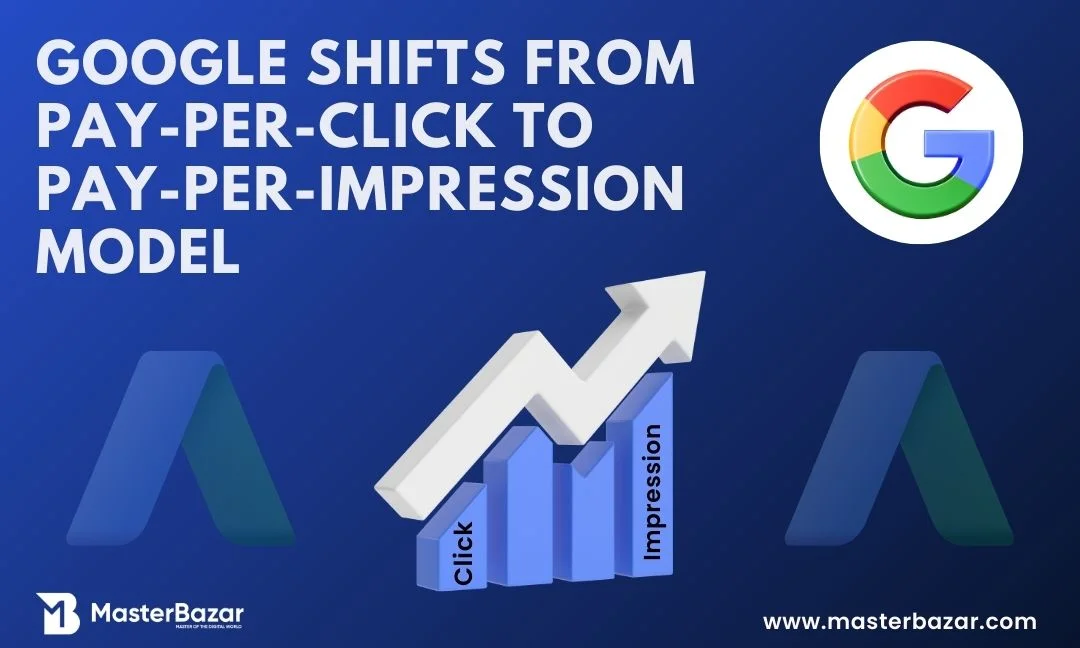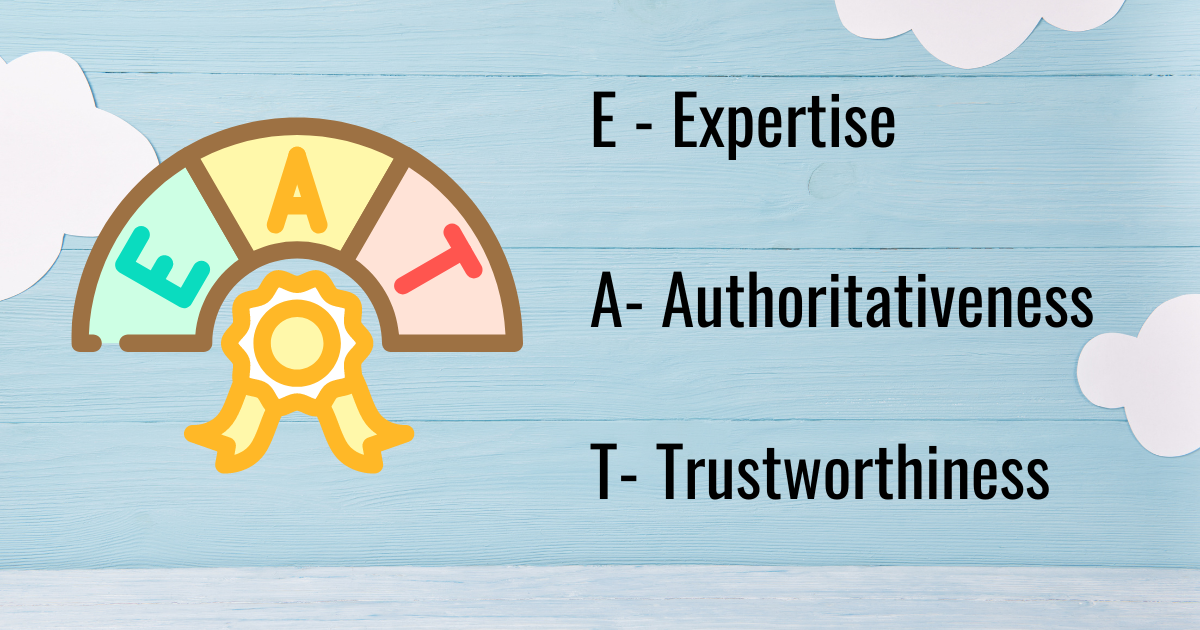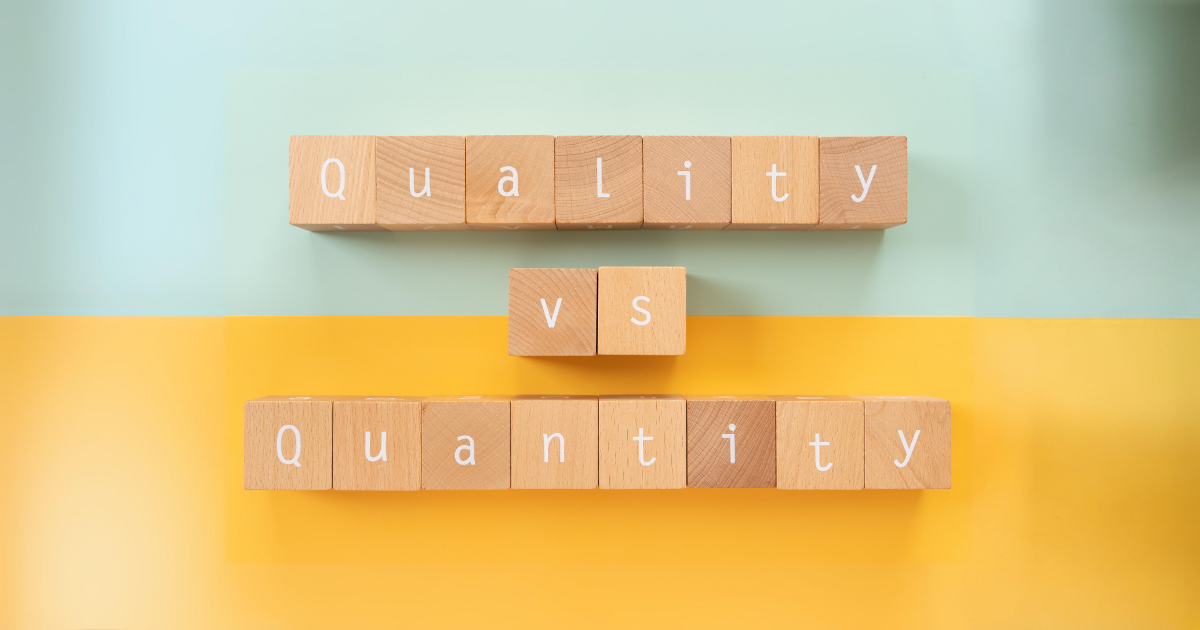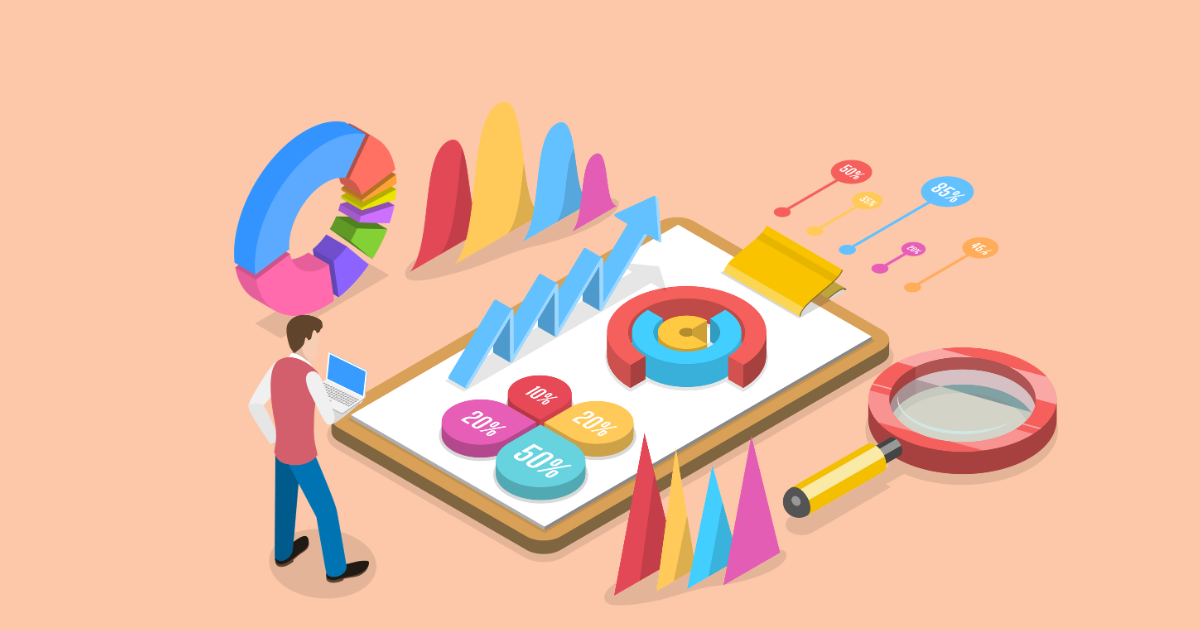Table of Contents
The digital advertising landscape is undergoing a significant transformation, with tech giant Google announcing a pivotal shift from the traditional pay-per-click (PPC) model to a pay-per-impression (PPI) model. This move marks a departure from the long-standing approach of charging advertisers for clicks on their ads, instead focusing on the overall visibility of the ads.
In simple words, website owners will get paid according to the impressions of ads on their website instead of clicks. It’s difficult to measure the effectiveness of an ad based on the clicks because changing user behavior has lessened the number of clicks.
The ad may have created an impact over the reader's mind but he/she might not click on it. In such cases, the website owner doesn’t get paid although the ad has done its work. So, shifting from pay per click to pay per impression will be quite beneficial for website owners.
Now let’s understand about this transition deeply;
Driving Forces Behind the Transition
The transition from PPC to PPI is driven by several factors, including:
Evolving User Behavior: User behavior has shifted towards consuming content across various platforms, including social media, video channels, and mobile apps. This shift has made it challenging for traditional PPC models to accurately measure the impact of advertising in these environments.
Emergence of New Ad Formats: The rise of new ad formats, such as native ads and display ads, has blurred the lines between advertising and organic content. This has made it difficult to attribute clicks solely to ad impressions.
Privacy Concerns: Growing privacy concerns have led to increased restrictions on data collection and tracking. This has made it more challenging for advertisers to target specific users and measure the effectiveness of their campaigns based on clicks.
Implications for Advertisers and Publishers
The transition to PPI has significant implications for both advertisers and publishers:
Advertisers
1. Increased Focus on Ad Viewability: Advertisers will need to place a greater emphasis on ad viewability, ensuring that their ads are seen by a significant portion of the target audience.
2. Creative Optimization: Advertisers will need to invest in creating highly engaging and visually appealing ad creatives that capture user attention and drive impressions.
3. Measurement and Attribution: Advertisers will need to adapt their measurement strategies to account for the PPI model, utilizing metrics such as view-through rates and brand lift studies.
Publishers
1. Ad Inventory Optimization: Publishers will need to optimize their ad inventory to ensure they are displaying ads that are relevant to their audience and have a high potential for viewability.
2. Pricing Strategies: Publishers will need to adjust their pricing strategies to reflect the PPI model, balancing the value of impressions with the overall revenue generated.
3. Transparency and Reporting: Publishers will need to provide advertisers with transparent reporting and metrics related to ad impressions and viewability.
Impact on the Digital Advertising Ecosystem
The transition from PPC to PPI is expected to have a ripple effect across the digital advertising ecosystem:
Increased Focus on Quality Content: The emphasis on ad viewability will incentivize both advertisers and publishers to create high-quality content that attracts and engages users.
Rise of Programmatic Advertising: Programmatic advertising platforms will play a crucial role in optimizing ad placements and ensuring that ads are displayed to the right audience at the right time.
Data-Driven Marketing: Advertisers will need to rely more heavily on data analytics to understand user behavior and optimize their campaigns for viewability and brand awareness.
Conclusion
Google’s transition from PPC to PPI signals a significant shift in the digital advertising landscape, moving away from a click-centric model to one that prioritizes ad viewability and engagement. Advertisers and publishers will need to adapt their strategies and measurement techniques to succeed in this new era.
While the transition may pose challenges, it also presents opportunities for innovation and creativity, leading to more effective and engaging advertising experiences for both users and advertisers.
For more such Google updates, subscribe to Master Bazar’s newsletter.
Author - Sunny J.
Sunny J. is a seasoned content writer with 8 years experience in web development, software development and digital marketing content across multiple formats. He leverages his skills in crafting curated content on the web technology and digital marketing. In his personal time, He enjoys reading article and being up-to-date on trends in marketing and website design.





